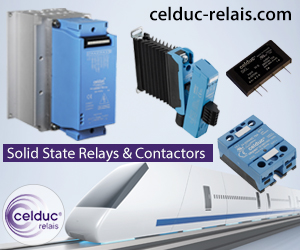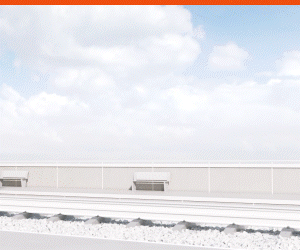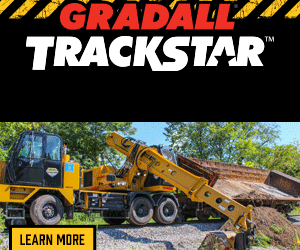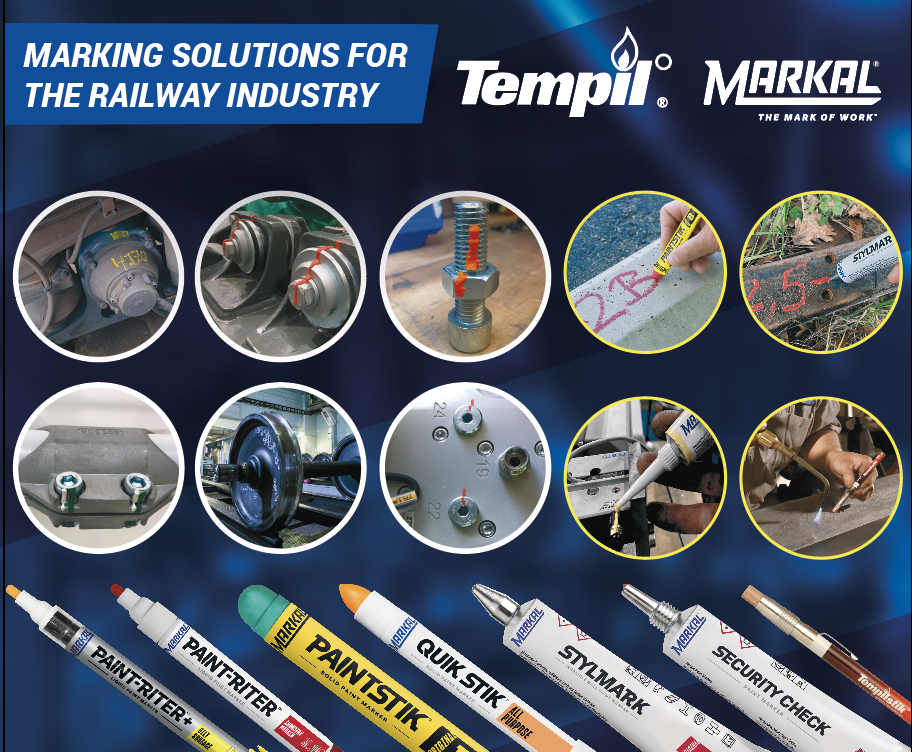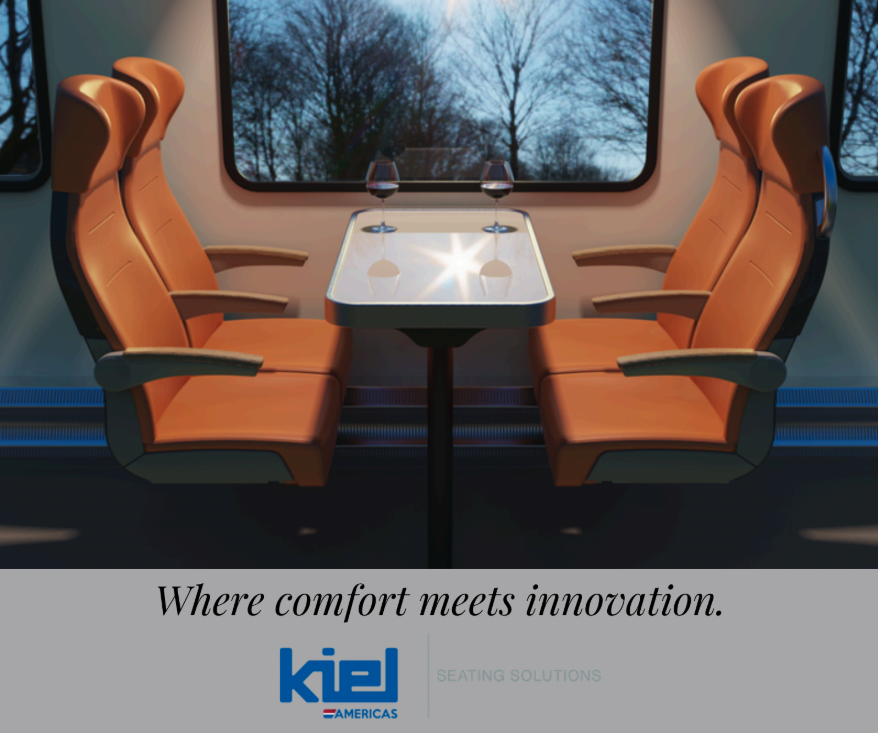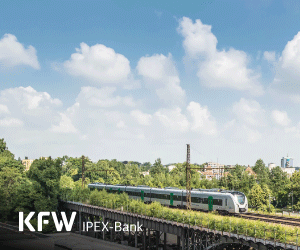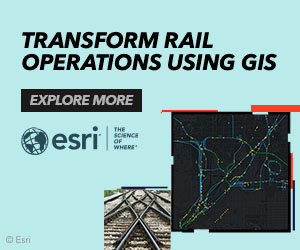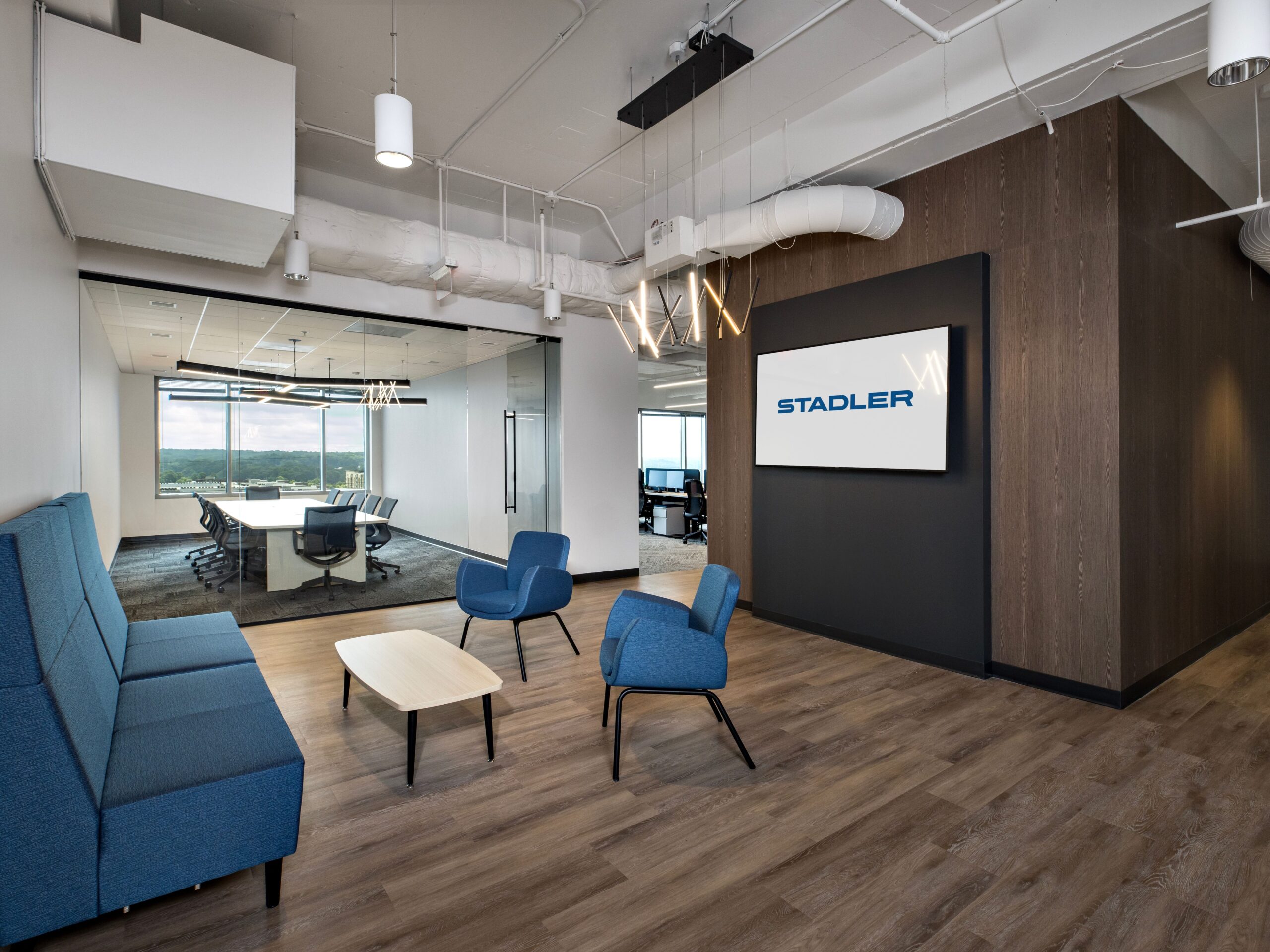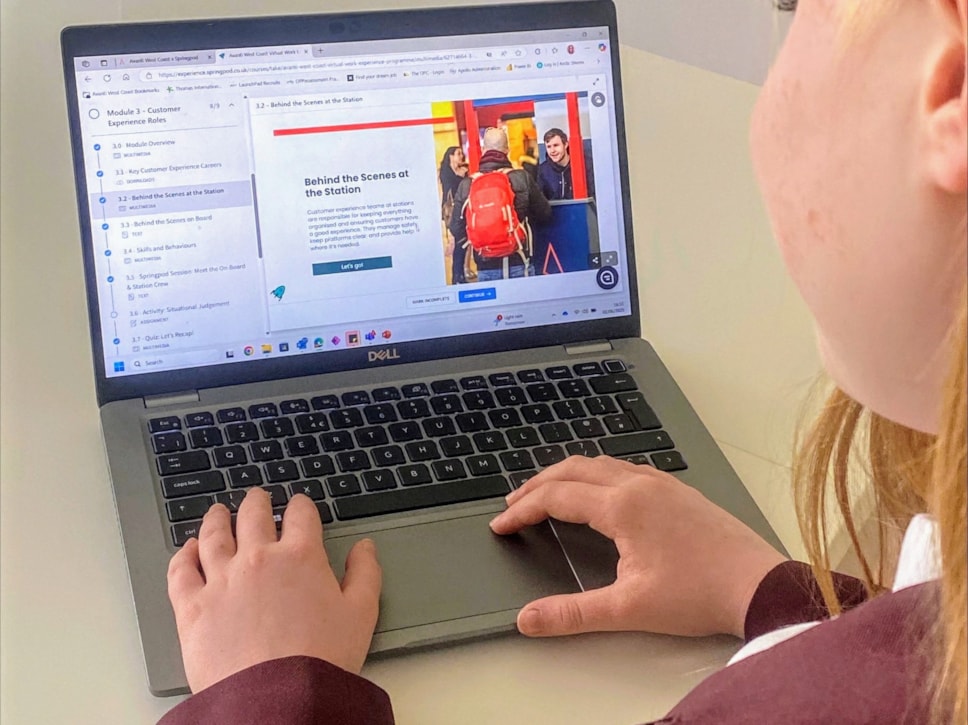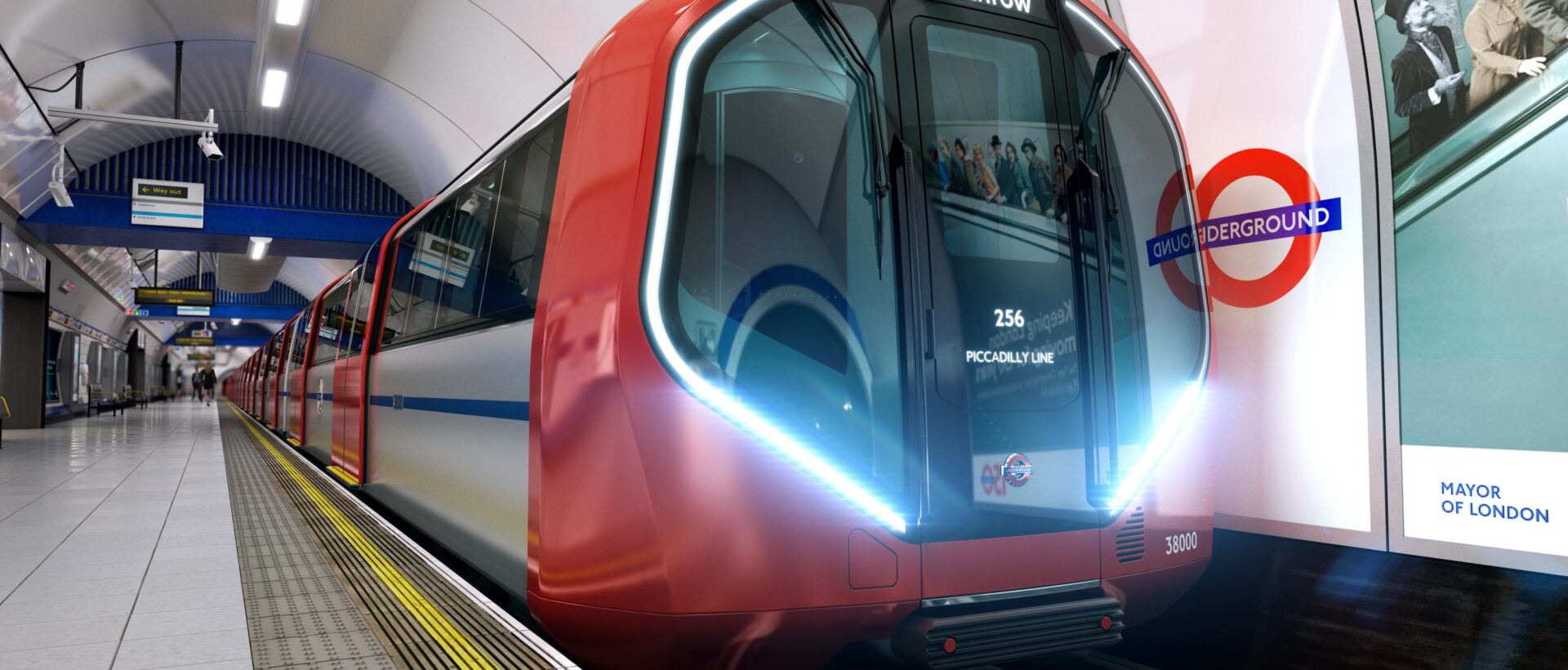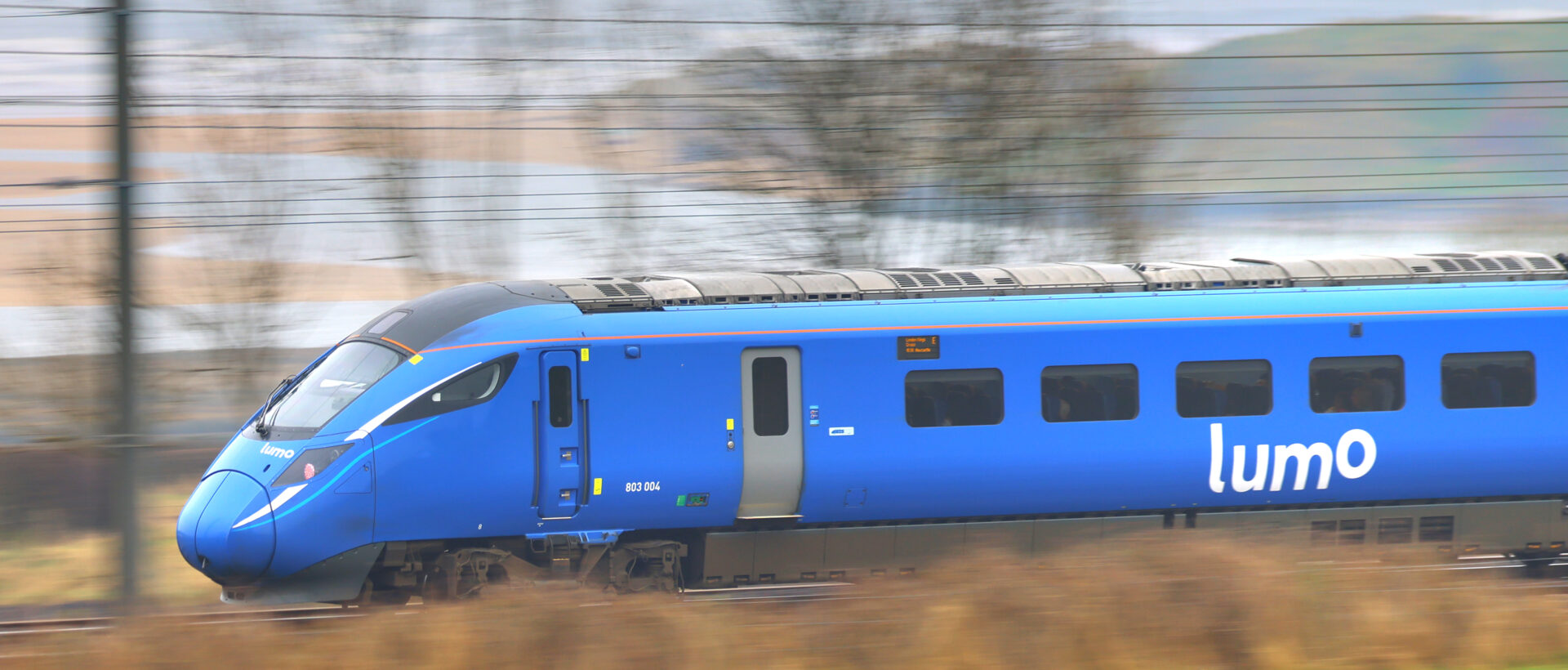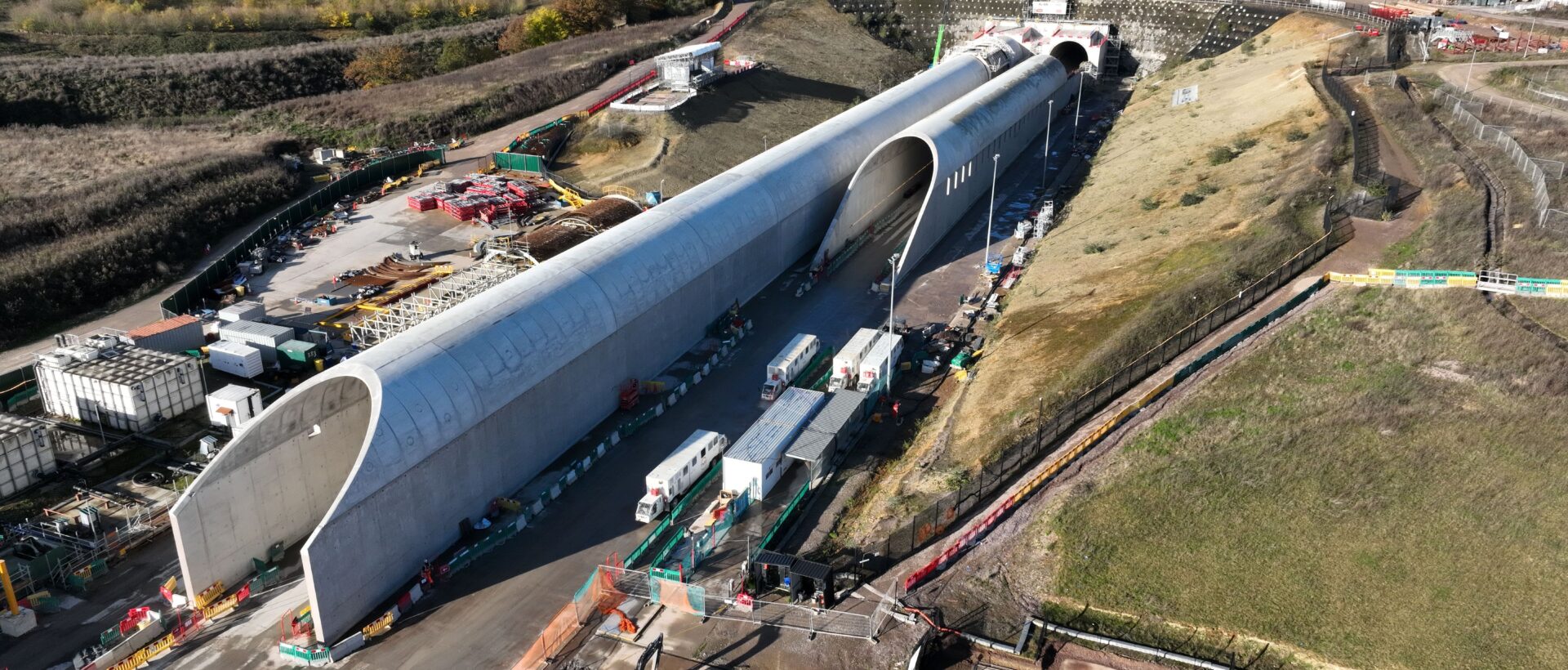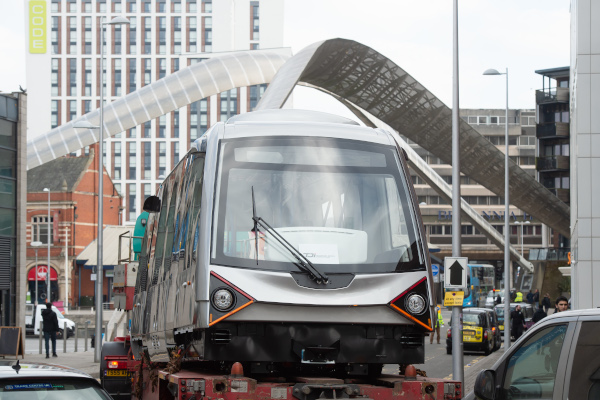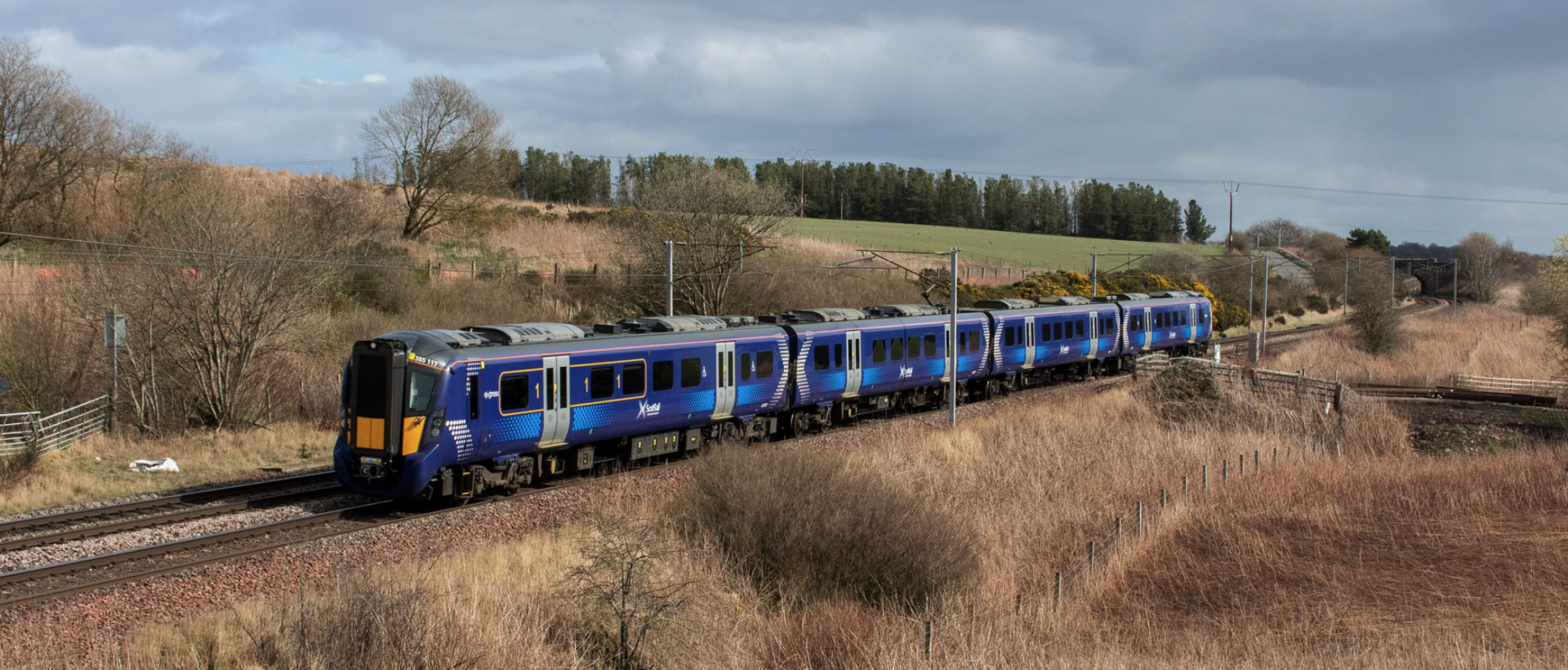A steam locomotive has successfully run using Hitachi Rail’s European Train Control System (ETCS) digital signalling technology for the first time.
The trial, completed on the Cambrian line in Wales, marks a new development in the integration of heritage rail vehicles with modern railway infrastructure.
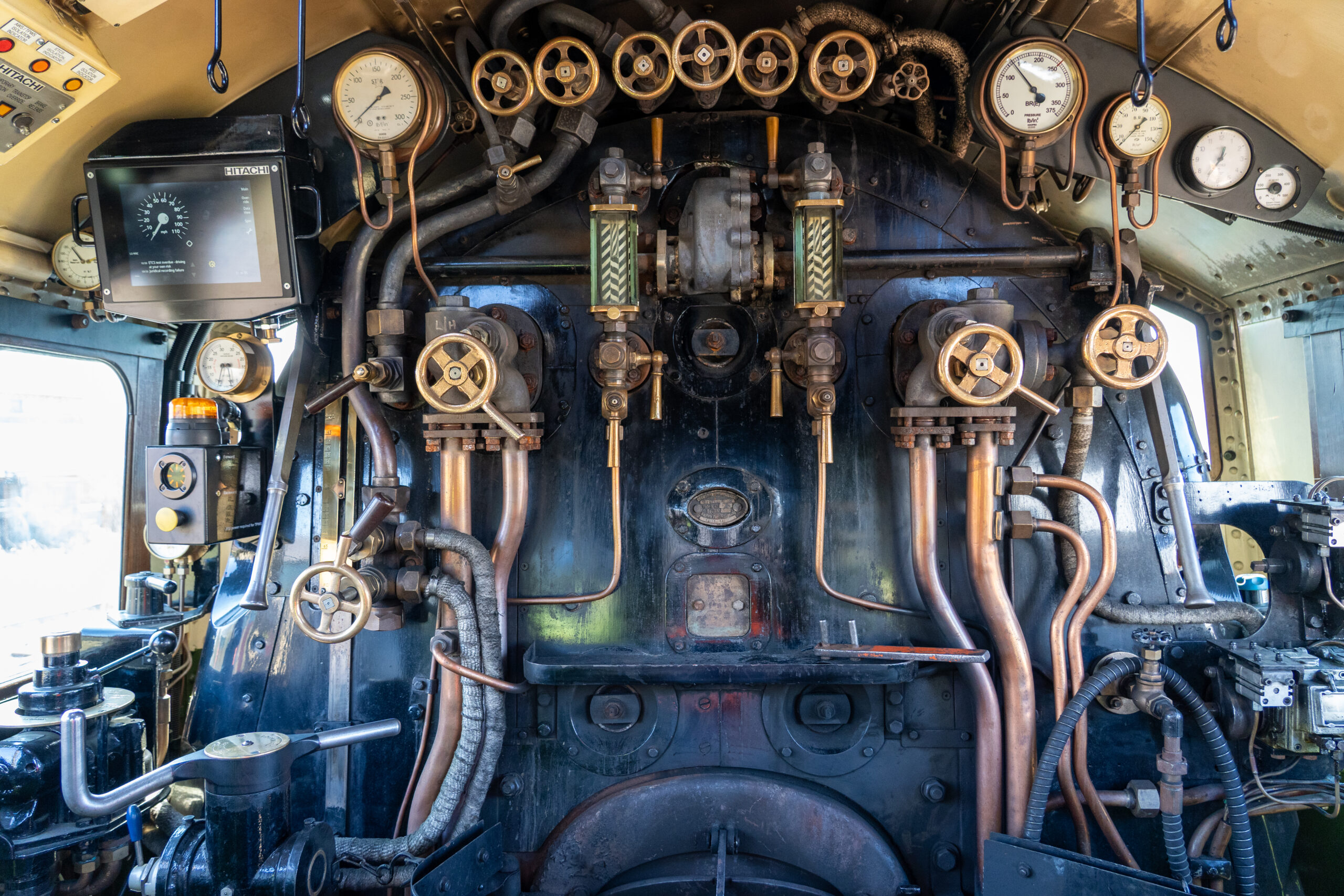
The project is part of Network Rail’s East Coast Digital Programme (ECDP) and involved the Peppercorn Class A1 60163 Tornado, a mainline-certified steam locomotive. It is the first such locomotive globally to be fitted with ETCS Level 2 technology, which replaces traditional trackside signals with in-cab instructions sent directly to the driver.
ETCS enables trains to operate with continuous updates on permitted speeds and movement authorities. This system improves operational efficiency, safety, and network capacity through real-time data communication between train and infrastructure.
Hitachi Rail provided the onboard ETCS equipment for the Tornado, adapting the system to the unique physical and operational requirements of a steam locomotive cab. The trial assessed how the technology performed in a non-standard setting and confirmed its viability in a heritage context.
Tank Porteous, Mainline Signalling Programme Director, Hitachi Rail UK said:Tornado’s retrofit with our ETCS is a world-first project that has tested our technology in one of the most complex and harsh operating environments, proving heritage and digital systems can coexist without compromise.
The trial coincides with the UK’s Railway200 commemorations, reflecting a wider effort to combine respect for railway history with innovation and technical development for the future.
Andy Bell, Vice President, Hitachi Rail UK said:This very special project demonstrates not only the adaptability of our system but also what’s possible when we combine engineering expertise with deep, trusted partnerships across the industry. This kind of collaborative progress, rooted in real-world testing and mutual trust, will continue to drive transformation across the railway sector. The insights we’ve gained here have created a valuable blueprint for what comes next. Carrying forward the relationships, lessons, and technical progress from this work will be essential to maintaining momentum for heritage integrations and wider applications across modern rolling stock.



